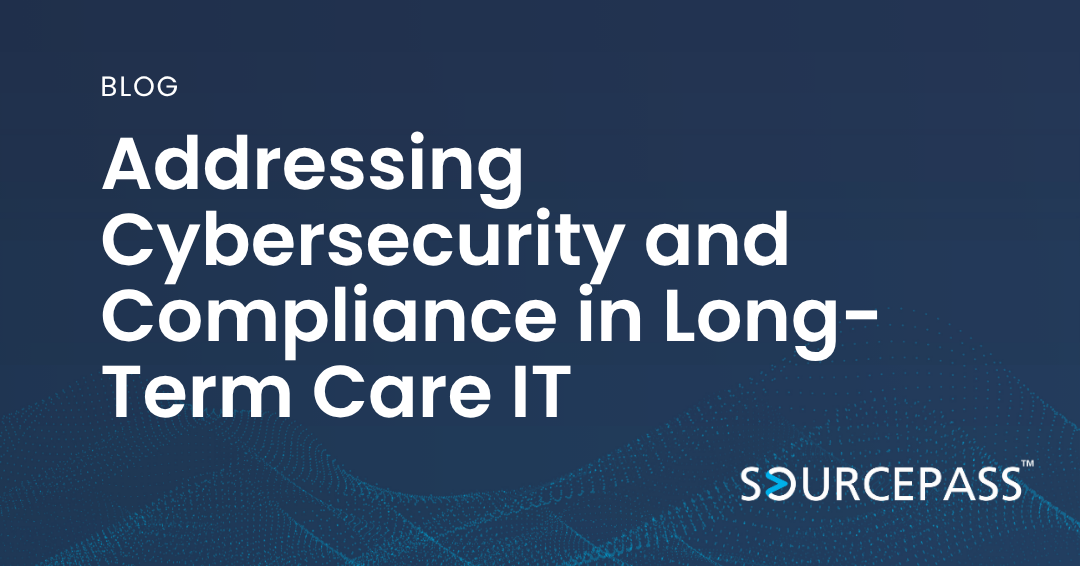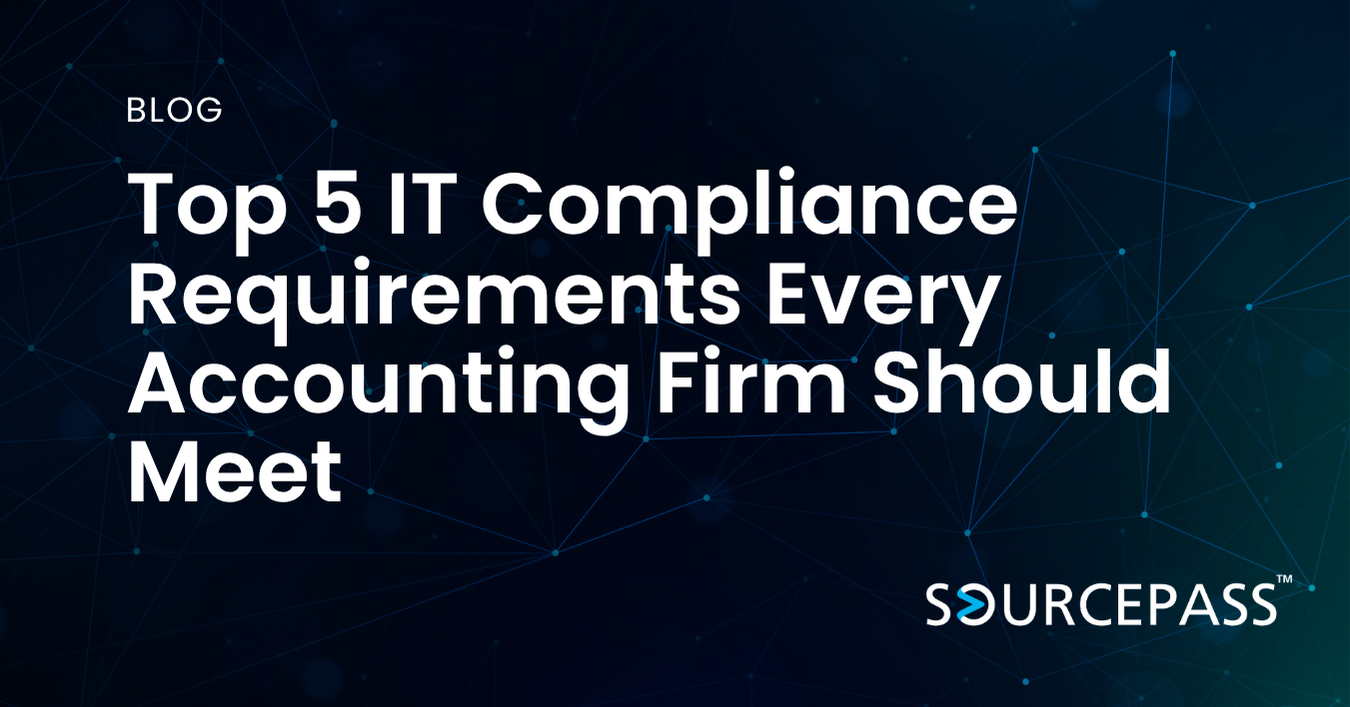Addressing Cybersecurity and Compliance in Long-Term Care IT
Jul 22, 2025 Alex Davis Industry - Healthcare | Security & Compliance 2 min read



Long-term care providers face increasing cybersecurity threats and regulatory pressure. As electronic health records (EHR), remote monitoring, and cloud-based systems become more common in elder care, the need to secure sensitive data and remain compliant with HIPAA and other regulations is more urgent than ever.
In this article, we’ll explore how long-term care IT strategies can address both cybersecurity and compliance challenges—while also improving operations and trust.
Why Cybersecurity in Long-Term Care Is No Longer Optional
Senior care facilities store and manage vast amounts of sensitive information: resident medical records, payment information, staff credentials, and more. Unlike hospitals or large health systems, long-term care centers often lack the technical expertise or resources to combat increasingly sophisticated threats such as:
- Ransomware attacks
- Phishing campaigns targeting staff
- Data breaches through unpatched systems
- Unauthorized access via mobile or shared devices
These risks are amplified by aging infrastructure, a reliance on legacy systems, and inconsistent IT policies across facilities.
HIPAA Compliance in Elder Care: What You Need to Know
HIPAA compliance is a cornerstone of healthcare IT, and long-term care facilities are no exception. Whether you’re running an assisted living center, memory care facility, or skilled nursing home, you must protect protected health information (PHI) through technical, physical, and administrative safeguards.
Common HIPAA compliance gaps in long-term care include:
- Insecure file storage or sharing (e.g., emailing resident records)
- Lack of staff cybersecurity training
- Weak access controls or shared passwords
- Missing or outdated disaster recovery plans
Failing to comply with HIPAA can result in steep fines, legal liabilities, and a loss of trust from families and staff.
5 Best Practices for Secure and Compliant Long-Term Care IT
1. Implement Multi-Factor Authentication (MFA)
Control access to sensitive systems with MFA. This extra layer of security protects against unauthorized logins—even if passwords are compromised.
2. Use HIPAA-Compliant Cloud Storage
Cloud-based file management systems designed for healthcare ensure that PHI is encrypted, securely stored, and backed up regularly.
3. Train All Staff on Cyber Hygiene
Every team member, from administrators to caregivers, plays a role in cybersecurity. Regular training helps prevent phishing attacks and reduces risky behavior.
4. Conduct Regular IT Risk Assessments
An annual or semi-annual IT audit helps identify vulnerabilities before they lead to compliance violations or breaches.
5. Partner with a Healthcare-Focused IT Provider
Working with an MSP (Managed Service Provider) that understands long-term care and HIPAA compliance ensures that your systems are designed with security and regulatory requirements in mind.
How Long-Term Care IT Supports Resident Safety and Trust
Improving data security in elder care isn’t just about compliance—it’s about delivering high-quality care and peace of mind. When families know their loved ones’ information is safe, and staff can operate with reliable, secure tools, the entire care experience improves.
Plus, modern IT systems reduce downtime, streamline documentation, and enable faster, more informed care decisions.
Final Thoughts
Cybersecurity and compliance are not just IT issues—they are operational imperatives in long-term care. By investing in secure, modern, and compliant long-term care IT solutions, providers can protect resident data, ensure regulatory compliance, and build lasting trust with residents and families.
Don’t wait for a breach or audit to expose gaps. Take proactive steps today to secure your systems, train your staff, and align with healthcare IT best practices.
Subscribe To
Sourcepass Insights
Sourcepass Insights
Stay in the loop and never miss out on the latest updates by subscribing to our newsletter today!


